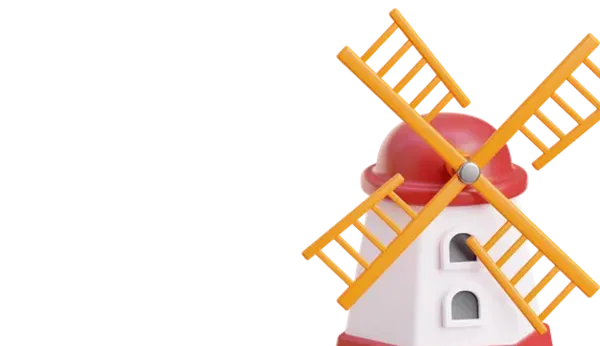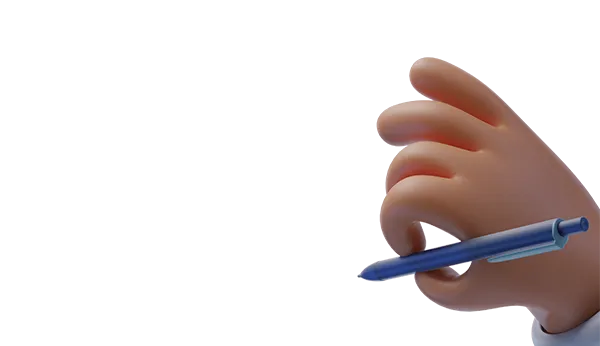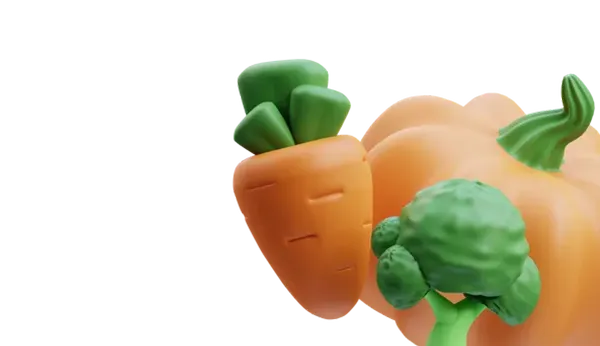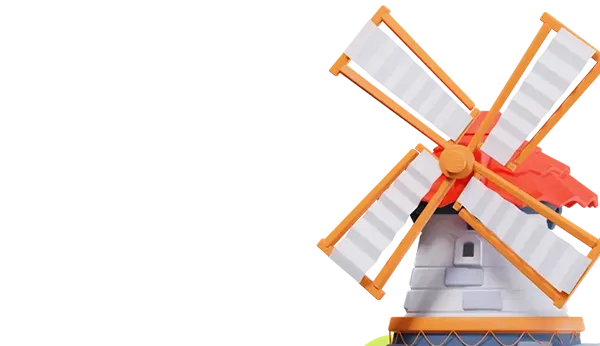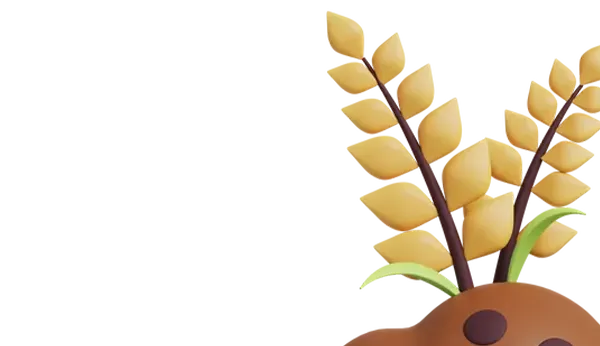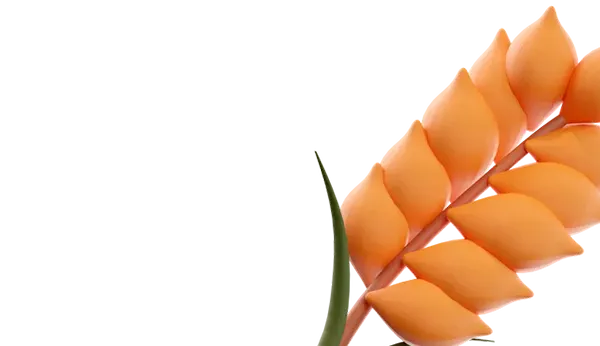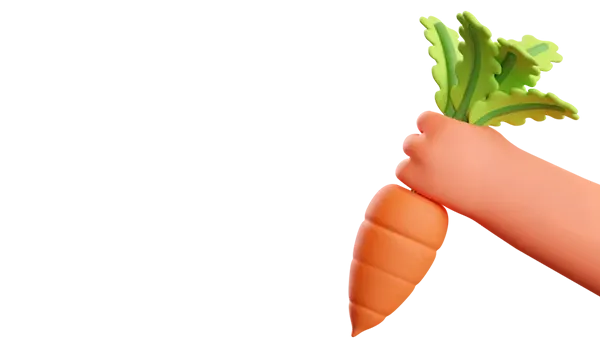Undoubtedly, the health of the animal is a primary concern, so there are several key characteristics that can help determine how healthy the animal is.
Activity. Piglets should be active. When you appear, healthy animals become more lively and may get scared. If you pick up a piglet, it should make a loud sound. Avoid choosing piglets that are lethargic, weak, or unresponsive to external stimuli.
Limbs. The legs should be correctly positioned, strong, and sturdy. A piglet should quickly get up on its feet. Also, consider that animals with short legs stop growing early and gain weight quickly, making them suitable for fattening on bacon or fat. For meat fattening, it is better to choose a piglet with high, bony legs.
Skin and coat condition. The skin should have a pinkish hue, be thin, and elastic, without damage or crusts. Take into account the breed specifics, as some breeds may have dark skin. Healthy piglets have soft fur. Stiff or dull fur may indicate skin problems.
Tail and hindquarters. When choosing an animal, pay attention to the tail: it should be clean, dry, and curled into a ring. Sick piglets usually have a drooping, wet, and bald tail. The anus should be clean and free of dirt. Also, pay attention to feces: if a piglet has diarrhea, it's better to refrain from buying it.
Nose. A healthy piglet should have a moist and warm nose. A dry and hot nose is a sign of illness.
Eyes and mucous membranes. The eyes should be clean and clear, without discharge or pus. The mucous membranes should be pink.
Respiration should be clean, deep, and regular, without wheezing, whistles, or abnormal sounds. The breathing rate is 10–20 breaths per minute.
Voice. Healthy piglets make loud and piercing sounds. A hoarse, low, or short voice, as well as the absence of sound from the animal, are bad signs.
Overall condition of piglets. The larger and more active the piglet, the better it will gain weight. A good appetite is one of the key indicators. The piglet should actively eat its food and not just suckle. If possible, weigh the animal.
Pay attention to its structure: straight back, wide chest, flat rump, rounded sides, and round buttocks. The width of the shoulders should not exceed the width of the hips. Also, consider breed-specific characteristics: Vietnamese piglets have initially a pendulous abdomen shape, White Russians have a dense and oval body, Landraces have a long body, and so on.
In addition, Rosselkhoznadzor explains the rules for acquiring animals.
Before buying a piglet, you must register in the FGIS "Cerberus." To do this, you must submit an application for registration to the veterinary service at your place of residence. It is important to note that the seller must also be registered in the FGIS "Cerberus." When purchasing, a veterinarian must prepare an electronic veterinary accompanying document.
During the control measures conducted by Rosselkhoznadzor's specialists in 2024, 35 cases of selling animals without the corresponding documents confirming their health and satisfactory conditions in terms of epizootic relations were identified.
Violation entails administrative penalties for both the buyer and the seller. To avoid troubles, after acquiring an animal, it is recommended to turn only to trusted sellers capable of confirming the safety of their goods.





